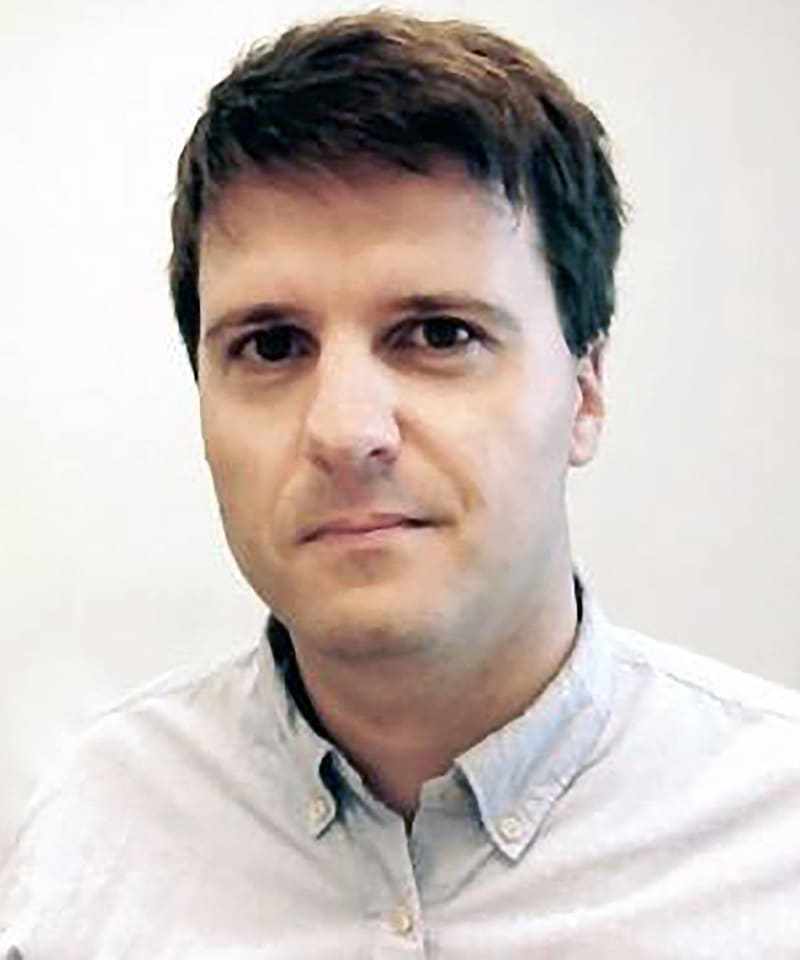
Epilepsia® Prize 2021 Clinical Science
Christian Meisel
Christian Meisel was awarded the 2021 Epilepsia Prize for Clinical Science Research for his article, Machine learning from wristband sensor data for wearable, noninvasive seizure forecasting. Christian Meisel, Rima El Atrache, Michele Jackson, Sarah Schubach, Claire Ufongene, Tobias Loddenkemper, Epilepsia. Vol 61 issue 12. DOI: 10.1111/epi.16719
An interview with Christian Meisel, 2021 Epilepsia Prize Winner for Clinical Research
Michael R. Sperling and Astrid Nehlig. Version of Record online: 07 July 2021
Who are you?
I am a physicist and neurologist trained in Freiburg and Dresden, Germany. After stints at the National Institutes of Health and at Boston Children’s Hospital, I now lead a research group in ‘Computational Neurology’ at Charité Berlin. As a senior physician I also see epilepsy patients on a regular basis.
The general goal of our research is to address the opportunities arising from the increasing availability of digital, multimodal, continuous 'physiomes' of epilepsy and neurology patients through neuromonitoring, new sensors and wearable technologies. On the one hand, these data may offer novel opportunities for a more comprehensive mapping of the temporal disease course in in- and outpatient settings, improved insight into system functions as well as the development of predictive diagnostic methods for personalized, proactive disease control. On the other hand, the amount of information contained in these continuous, often complex time series data precludes intuitive explication and presents a challenge for researchers and clinicians. To extract the crucial information from these data, neurology domain expertise along with expertise in theory- and data-driven methods needs to be combined in what may be called ‘Computational Neurology’.
What got you interested in epilepsy research?
My interest in epilepsy was originally sparked by more general questions about the functioning of neuron networks in the brain. Like, how is it possible that neuron networks suddenly transition to such a qualitatively very different mode of functioning that are seizures? How does normal cortical network functioning break down during seizures, even though neurons are active? And what does this tell us about how brain networks normally work and process information? To address these questions, we use data-driven methods, like machine learning, as well as theory-driven methods from physics. With a better understanding of these dynamics it may also be possible to identify states when seizure risk is high. As a neurologist I am particularly interested in how such an improved understanding may help patients and clinicians to better control, predict and prevent these transitions to seizures.
Explain for our general readership what question your study addressed and how did you go about designing you study?
Efforts to identifying periods of increased seizure risk, or seizure forecasting, have a long history in epilepsy research. This is because of the immediate benefits that successful seizure forecasting would have, like warning patients of an imminent seizure or developing more proactive treatments. It was only a few years ago that seizure forecasting was shown to be possible in a statistically rigorous sense. These initial studies, however, mainly used scalp or intracranial EEG, which may limit broad clinical use. In our study, we wanted to assess the feasibility to forecast seizures using data recorded from a wrist-worn sensor only. With our collaborators we recruited patients with epilepsy admitted to the long-term video-EEG monitoring unit and equipped them with a wristband to continuously record physiological parameters including electrodermal activity, body temperature, blood volume pulse and actigraphy. We then used the video-EEG data to mark segments when seizures occurred, and trained deep neural networks, a form of machine learning, to identify periods when seizure risk was high using only the wristband sensor data.
What were the results and how do you interpret your findings?
We identified a better-than-chance predictability in about half of the patients. Prediction performance peaked when all sensor modalities were used and generally increased with the size of the training dataset, indicating potential further improvement with larger datasets in the future. Collectively, these results show that statistically significant seizure risk assessments may be feasible from easy-to-use, noninvasive wearable devices.
What are the next steps that you plan to take, and what are your career goals?
While these early results are encouraging, more work is clearly needed. We want to explore how this method can be further improved, by using larger datasets, improved artificial intelligence methods, and algorithms that are trained on the individual patient to pick up potential patient-specific signal changes. Another important question is what forecasting accuracy is needed to eventually be useful for patients and clinicians. In a way, this approach of continuous AI-enabled ambulatory monitoring we described in our study for epilepsy patients may also be relevant to other settings in neurology. Such continuous monitoring would be a big step forward to the current practice of neurology where patients usually are seen and clinically assessed only sporadically. More generally, I thus want to continue establishing this new field of ‘Computational Neurology’, a translational program to research and develop algorithm-supported applications in neurology for real-time state assessments, risk detection & prediction, and long-term outcome prognostication with broad application in clinical practice.
What does the Epilepsia Prize mean for you, your laboratory, research institute, and your future?
I am honored to receive the 2020 Epilepsia Prize and want to take this opportunity to thank my collaborators involved in this study specifically and over the years in general. The Epilepsia Prize is a prestigious award that puts a spotlight on our research. It will help me to further develop my laboratory research and hopefully also by supporting us in future funding applications.
Subscribe to the ILAE Newsletter
To subscribe, please click on the button below.
Please send me information about ILAE activities and other
information of interest to the epilepsy community